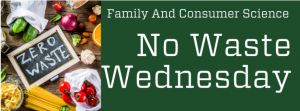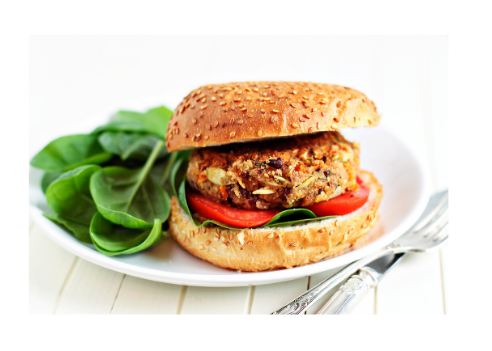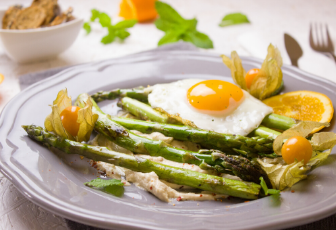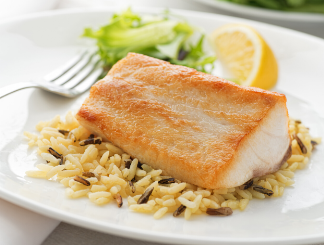
It is no secret that the COVID-19 pandemic has changed our access to basic food supplies as it has vast effects on the food supply chain. It seems that the latest shortages are coming from the meat aisle, as many processing plants are being forced to shut down due to internal outbreaks of the virus. This will likely directly affect the consumer in two ways. 1. Meat products, such as beef, pork and poultry may be more difficult to find in their local grocery store. 2. Consumers will likely see a hefty price increase on many meat products, when available. See below for some tips on protein alternatives during these times.

Beans, legumes and lentils are an inexpensive and heart-healthy option to substitute for meat based proteins. Some of the highest levels of protein per cup can be found in soybeans, white beans, pinto beans and black beans. Beans and legumes are also highly versatile, as they can be used on their own or in soups, stews, casseroles, salads, and spreads (such as hummus).

Plant based meat products have gained popularity over the last several years. There are a variety of companies that produce meatless meat products, and they are usually found in the frozen foods section. This includes everything from plant based burger patties, to chicken nuggets to sausages. Products are typically vegan, made up of all natural ingredients and have a comparable protein content to regular meat products.

Although vegetables do not contain extremely large amounts of protein, a conscious decision can be made to purchase vegetables to maximize protein content. Some of the vegetables with the highest protein contents include: mushrooms, broccoli, kale, spinach, Brussel sprouts and asparagus.

Although technically a meat product, the seafood industry has been relatively unaffected by the pandemic so far. Fish such as cod, seabass, tilapia and salmon not only contain a high amount of protein, but also are a great source of heart-healthy “good” fat, and a wide variety of vitamins and minerals.

Many dairy products are full of protein. Cottage cheese has one of the highest protein contents in non-meat items at 15g per ½ cup. Yogurt is also a good source of protein – try to opt for Greek yogurt when possible in order to maximize your protein content. Milk and cheese are also good sources of protein, and can be consumed on their own or mixed into a wide variety of recipes. Dairy products are great, versatile protein options.

Eggs are a great source of protein that can be incorporated into breakfast, lunch or dinner. One large egg has an average of 6-8 g of protein. Egg whites contain almost 2/3 of the protein, whereas the yolk contains the rest. If you are trying to be conscious of fat and cholesterol content, egg whites or egg substitutes can be used, while still receiving a decent amount of protein.

Up your snacking game! Try to choose snack items with intention that will help to subsidize any lacking protein. Some examples of protein packed snacks include: nuts and nut butters, jerky and hummus. Protein bars are also an easy way to incorporate additional protein into your diet.


